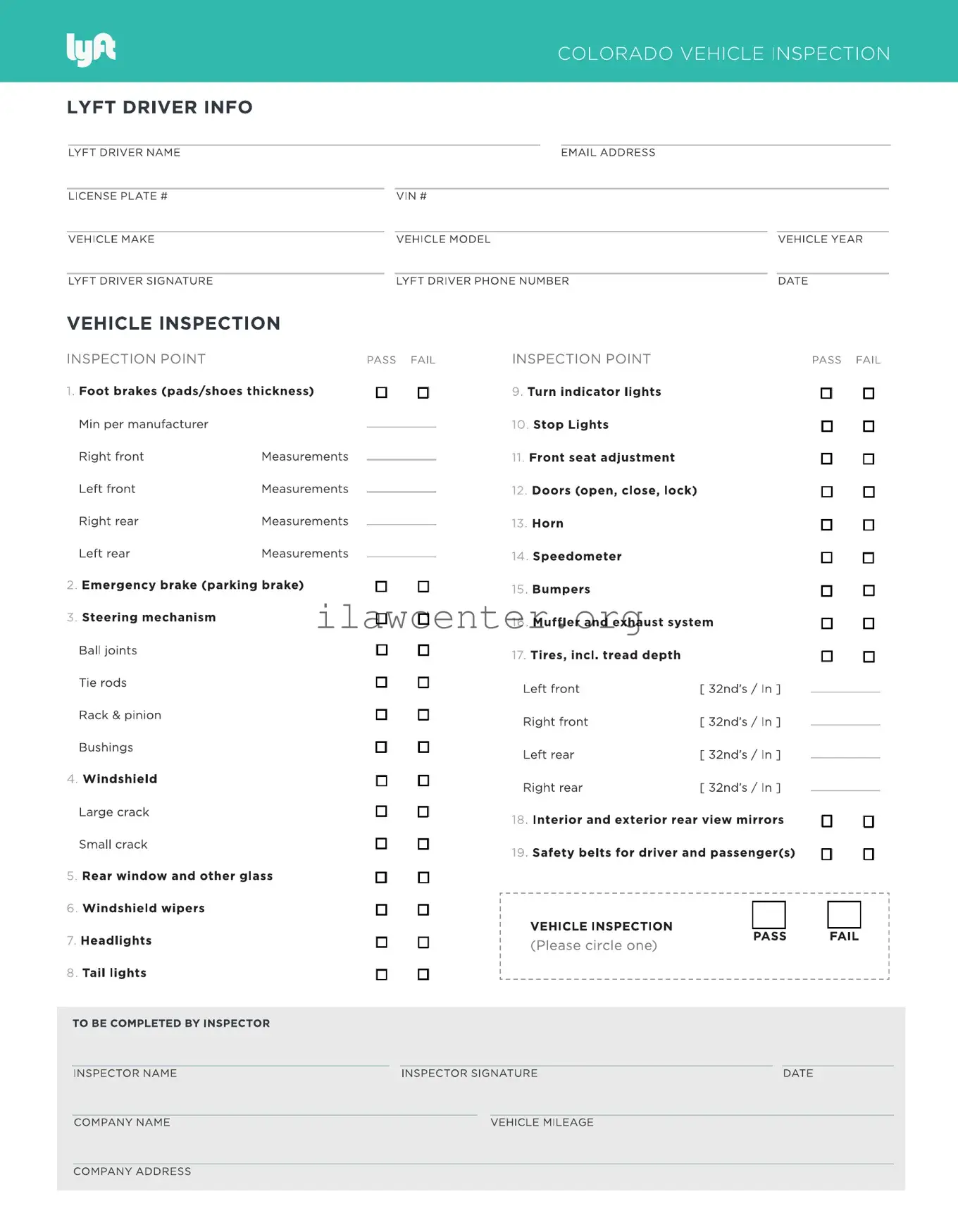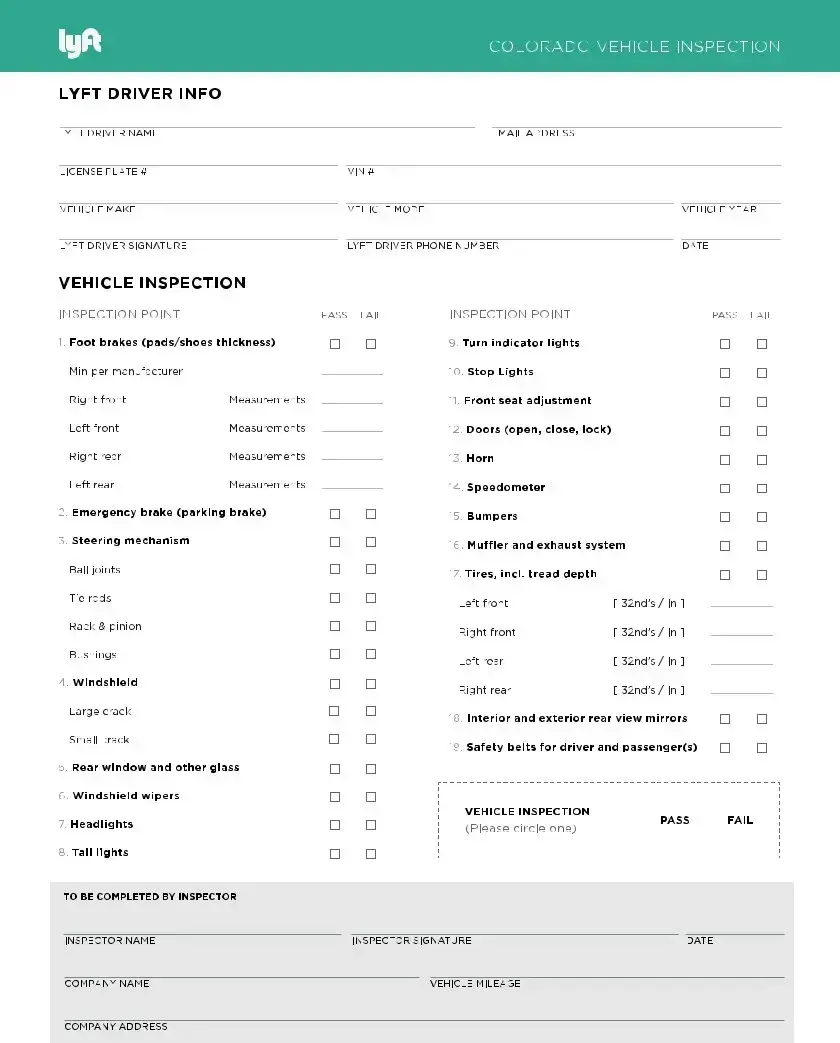Completing the Lyft Inspection form can seem straightforward, yet many individuals encounter common pitfalls that may cause complications in the approval process. Understanding these mistakes can help ensure that the form is filled out accurately and efficiently, minimizing delays.
One frequent error is failing to provide complete and accurate vehicle information. When users overlook essential details, such as the make, model, or year of the vehicle, it can lead to confusion and a potential decline in the inspection approval. Always double-check the spelling and accuracy of this information.
Another common mistake involves neglecting to include necessary documentation. The inspection process requires specific papers, such as proof of insurance and vehicle registration. Forgetting to attach these documents could result in a rejection of the application, so it is prudent to assemble all required documents before submission.
Additionally, many individuals underestimate the importance of thoroughness in their answers. When certain sections are left blank or answered carelessly, it raises red flags for the reviewing team. Ensure that every section is filled out completely and accurately to avoid unnecessary scrutiny.
People often rush through the inspection form, which can lead to typographical errors or inconsistencies in the information provided. A small mistake in a phone number or email address can hamper communication. Taking the time to review entries can significantly reduce these issues.
Another issue arises when individuals fail to verify the vehicle's condition before completing the form. If the vehicle does not meet Lyft's safety and inspection criteria, it will result in disqualification. A pre-inspection checklist can be beneficial in identifying potential repair needs.
Moreover, not paying attention to the form’s submission guidelines is a mistake that many make. Each state and circumstance may have different submission procedures, including deadlines. Confirm the correct submission method and ensure that all documents are sent on time to avoid penalties.
Lastly, some individuals underestimate the importance of keeping copies of submitted forms. Having documentation of what was sent can be invaluable in case any issues arise later. This practice provides additional peace of mind and ensures that you have a record of your submission.

